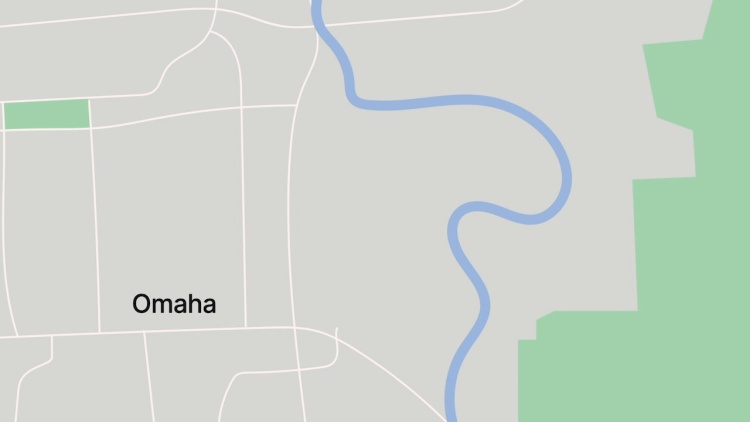Nebraska v. Iowa
United States Supreme Court
143 U.S. 359 (1892)
- Written by Melanie Moultry, JD
Facts
The center of the main channel of the Missouri River (river) served as the boundary line between the State of Nebraska (plaintiff) and the State of Iowa (defendant). The rapid current and loose soil of the river significantly altered the river banks between 1851 and 1877. The banks rapidly eroded on one side and experienced accretion, or the gradual deposit of soil, on the other side. In 1877, the portion of the river above Omaha, Nebraska abandoned its old course and made a new course. Nebraska sued Iowa in the United States Supreme Court to determine the location of the boundary line. Nebraska and Iowa claimed jurisdiction to the same land. The Court considered the issue of whether to apply the law of accretion, under which the boundary line would vary with a gradually changing water body, or the law of avulsion, under which the boundary line would remain fixed despite sudden changes in a water body.
Rule of Law
Issue
Holding and Reasoning (Brewer, J.)
What to do next…
Here's why 899,000 law students have relied on our case briefs:
- Written by law professors and practitioners, not other law students. 47,000 briefs, keyed to 994 casebooks. Top-notch customer support.
- The right amount of information, includes the facts, issues, rule of law, holding and reasoning, and any concurrences and dissents.
- Access in your classes, works on your mobile and tablet. Massive library of related video lessons and high quality multiple-choice questions.
- Easy to use, uniform format for every case brief. Written in plain English, not in legalese. Our briefs summarize and simplify; they don’t just repeat the court’s language.





